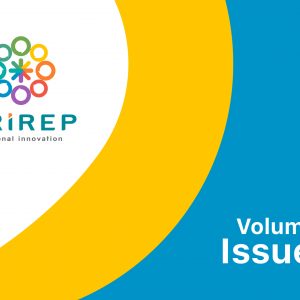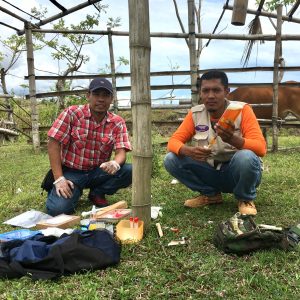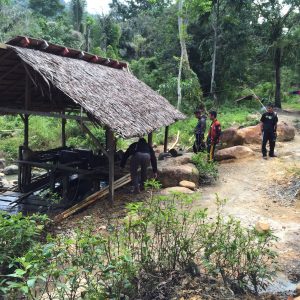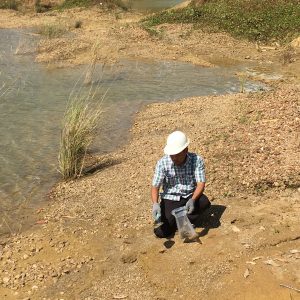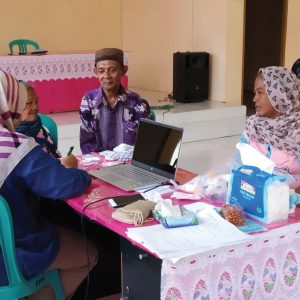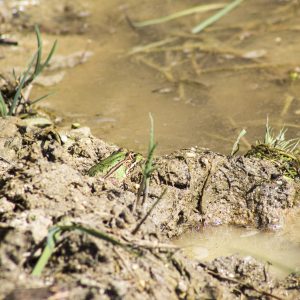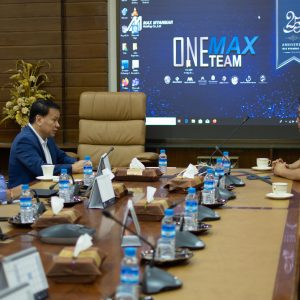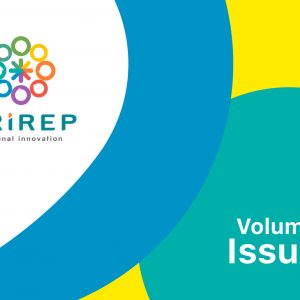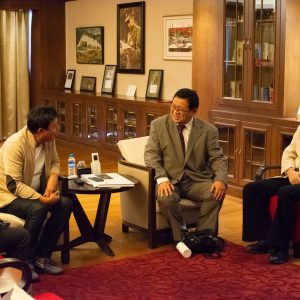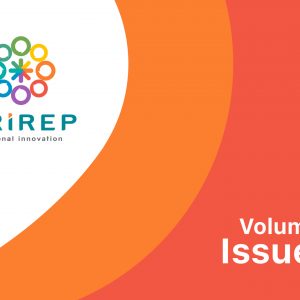Although some contamination originated from natural geological sources, anthropogenic activities such as mining industries are also the main contributors to environmental damage and toxic metal pollution. The food chain, especially livestock tend to bioaccumulate mercury (Hg) in their bodies.
Tag: <span>srirep project news</span>
Transdisciplinary Practical Research
One of our studies includes atmospheric Hg contamination which is focusing on the level of atmospheric Hg contamination the air, water, soil, and living organisms, including trees in an artisanal and small-scale gold mining (ASGM) area.
Environmental Impact Assessments Studies
Mercury (Hg) contamination in soil and forage plants is toxic to ecosystems and artisanal and small-scale gold mining (ASGM) is the main source of such pollution in the Bombana area of Indonesia. Hg contamination in soil and forage plants was investigated by particle-induced X-ray emission analysis of samples collected from three savannah areas
Health Assessment Studies
The evaluation of mercury impact on humans is necessary especially for the communities living in or near ASGM areas. The early diagnosis of mercury toxicity is one of the most important monitoring parameters to prevent the effects of mercury-intoxication
Environmental Impact Assessments Studies
The issues of safety water become the most serious topic in the world at the present moment because of numerous environmental pollution problems. The rivers are used as a source of water by inhabitants living along the river, due to the lack of another clean water supply.
Professor Masayuki Sakakibara met Dr. Thaung Han, Group CEO of Max Myanmar Group
Professor Masayuki Sakakibara, the project leader of SRIREP project, Research Institute for Humanity and Nature met with Dr. Thaung Han, Group CEO of Max Myanmar Group ...
Professor Masayuki Sakakibara and Director of J-UNEP met Chairperson of Max Myanmar Group
Mr. Zaw Zaw, Chairperson of Max Myanmar Group received Jun Miyauchi, Director of Japan Association for United Nation Environmental Programme (J-UNEP) and Professor Masayuki Sakakibara, Project Leader of SRIREP project, Research Institute for Humanity and Nature (RIHN)

